New commitments at COP26: A crucial turning point
At COP26 in November 2021, Vietnam announced its goal: Achieving net zero emissions by 2050. At the same time, Vietnam participated in a series of international initiatives such as the Global Methane Pledge, Glasgow Leaders' Declaration on Forests and Land Use and the Global Coal to Clean Power Transition Statement.
In specific commitments, Vietnam has set goals such as: Not building new coal-fired thermal power plants after 2030, and gradually reducing coal use after 2040.
This is a clear shift in energy strategy, compared to previous scenarios where coal was seen as the main source to meet electricity and industrial growth.
These commitments not only demonstrate Vietnam's responsibility to the international community, but also open up opportunities to attract green resources, green finance, advanced technology, and international cooperation to enhance the ability to respond to climate change and create momentum for green, sustainable economic development.
Immediately after COP26, the Vietnamese Government quickly took action with a series of synchronous measures from completing the legal framework to planning long-term strategies. Accordingly: The Prime Minister signed the establishment of the National Steering Committee to implement commitments at COP26. The Steering Committee is responsible for coordinating between ministries, sectors and localities, promoting international cooperation, and facilitating investment in low-emission projects.
The National Assembly and the Government have successively issued strategic documents, typically Decision 896/QD-TTg approving the National Strategy on Climate Change to 2050; and Decision 888/QD-TTg on the Project to implement the results of COP26.
The system of legal documents has been reviewed and further developed, such as: Decree 06/2022/ND-CP guiding actions to reduce greenhouse gas emissions; Decree 119/2025/ND-CP on carbon market development and related mechanisms.
Ministries, branches and localities are assigned to develop "emission reduction - adaptation" action plans for each field: energy, agriculture, forestry, waste, etc.
Thanks to that, the net zero target is no longer a statement on paper but has entered the socio-economic development strategy, becoming a solution to promote green economy and transform growth model.

Focusing on developing clean and green energy is one of Vietnam's efforts to implement its climate commitments.
Implementing actions by field
To realize its commitment at COP26, Vietnam is taking multi-dimensional actions in key areas:
Energy and industry sector: Vietnam has approved a plan to adjust the Power Development Plan VIII (PDP8) to align with the goal of reducing emissions, gradually reducing dependence on fossil energy and promoting the development of renewable energy such as wind power, solar power and biomass.
Solutions to increase energy efficiency and save fuel in industry, transportation and construction are also encouraged. Clean production technology with low carbon content is considered one of the pillars to reduce direct emissions from factories.
Agriculture: Vietnam has implemented sustainable farming methods such as the "1 must 5 reductions" model and the alternate wetting and drying (AWD) technique to reduce methane emissions from rice production. At the same time, fertilizer management is needed to limit N₂O emissions; agricultural by-products such as straw are treated instead of being burned in the field, reusing them as fertilizer or energy sources; and sustainable livestock development through improved diets and livestock waste treatment. Many typical models have been implemented, such as the "one million hectares of high-quality and low-emission rice" project in the Mekong Delta. These measures contribute significantly to the roadmap to achieving net zero.
Forestry and carbon sequestration: Vietnam continues to maintain and strengthen its natural forest closure policy, promote forest regeneration, afforestation, sustainable forest management and forest certification. Enhance the effectiveness of the payment for forest environmental services (PFES) policy to ensure community livelihoods and protect forests. At the same time, the country is participating in payment mechanisms for emission reduction from forests (forest carbon banks, ERPA agreements) to exploit the potential of CO₂ absorption from the ecosystem.
Waste and material circulation sector: Waste separation at source is encouraged and widely implemented to improve the efficiency of recycling, treatment and reduce the amount of waste sent to landfills. This is a significant source of methane emissions. Modern technologies such as waste incineration for power generation, biogas production from organic waste and wastewater treatment are being deployed in many localities. Businesses and households are encouraged to participate, creating a waste management system that contributes to national emission reduction.

Minimize loss and damage caused by climate change.
Currently, not only the Government and state management agencies but also businesses, communities and individuals are becoming the core force in Vietnam's journey to net zero. The banking sector and domestic enterprises have invested in green technology, used renewable energy, applied cleaner production processes and are ready to participate in the domestic and international carbon market.
Communities and people are increasingly aware of climate change, living greener, reducing waste, prioritizing the use of sustainable products, participating in forest protection and ecosystem restoration. The spread of tree planting, energy saving and material recycling movements has created a solid social foundation for national climate action.
Vietnam’s goal of achieving net zero by 2050 is a decisive turning point, but it is not without challenges. Major challenges include: Rapidly increasing demand for electricity, which is still heavily dependent on coal and LNG; unsynchronized electricity and renewable energy infrastructure; a newly-established domestic carbon market; limited finance and technology for low-carbon transition; and barriers to synchronization between ministries, sectors and localities.
However, there are also huge opportunities: Vietnam is among the countries most vulnerable to climate change, so taking early action will bring advantages in mobilizing international finance, clean technology and green economic development, increasing competitiveness.
Vietnam’s commitment at COP26 is not just a number or a formal goal, but a clear affirmation of its global citizenship responsibility and the determination of a developing country with great resources, human resources and potential. Active implementation from the legal framework, national strategy, to actions in each sector, each locality and each individual shows that Vietnam is on the right track and is creating a sustainable path.
However, to turn the commitment into reality, stronger participation is needed, especially in research, application of high technology, mobilizing green finance, developing carbon markets, synchronizing actions from the central to local levels and enhancing the role of businesses and the community.
Source: https://mst.gov.vn/vietnam-hien-thuc-hoa-cam-ket-khi-hau-tai-cong-uoc-khung-cua-lien-hop-quoc-ve-bien-doi-khi-hau-197251113143616614.htm




![[Photo] Deep sea sand deposits, ancient wooden ship An Bang faces the risk of being buried again](https://vphoto.vietnam.vn/thumb/1200x675/vietnam/resource/IMAGE/2025/11/13/1763033175715_ndo_br_thuyen-1-jpg.webp)




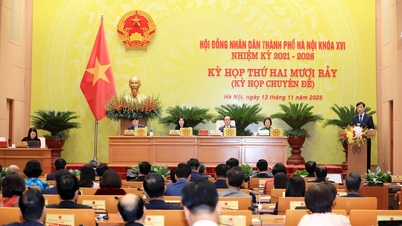

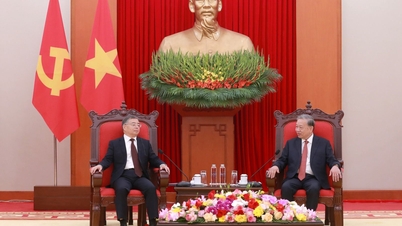









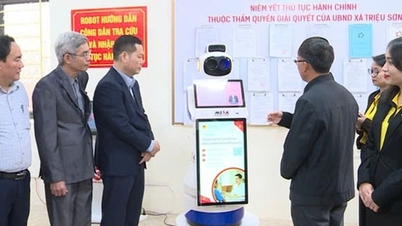

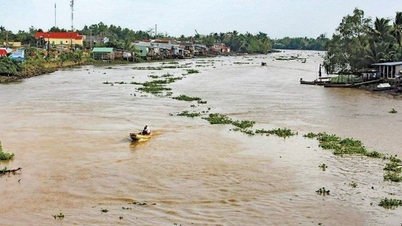





































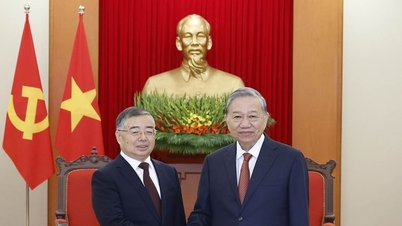
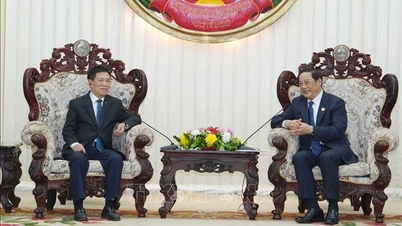


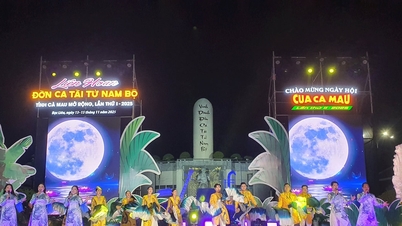






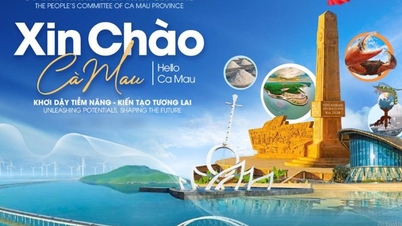





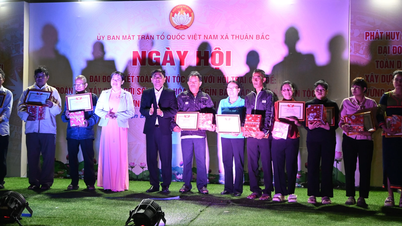

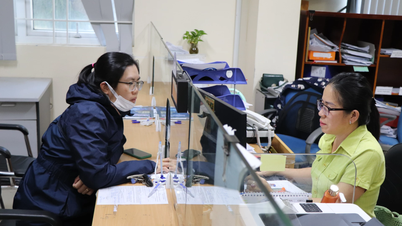





![Dong Nai OCOP transition: [Article 3] Linking tourism with OCOP product consumption](https://vphoto.vietnam.vn/thumb/402x226/vietnam/resource/IMAGE/2025/11/10/1762739199309_1324-2740-7_n-162543_981.jpeg)







Comment (0)